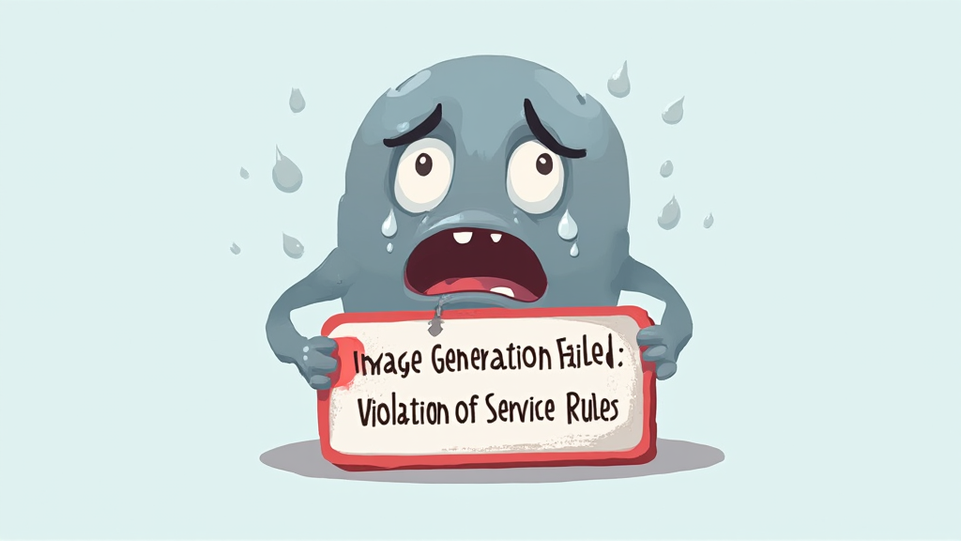Introduction to Inflation and Its Impact on Savings
Understanding Inflation: Causes and Effects
Inflation is the rate at which the general level of prices for goods and services rises, eroding purchasing power . This phenomenon can significantly wallop savings, as the value of money diminishes over time. For instance, if inflation outpaces interest rates on savings accounts, individuals may find their savings losing value. It’s crucial to understand this dynamic. Many people overlook this risk.
Moreover, inflation can lead to increased costs of living, forcing individuals to spend more on essentials. This situation can strain budgets and limit the ability to save. It’s a harsh reality. As a result, individuals must seek strategies to protect their savings from inflation’s effects. Awareness is key.
The Historical Context of Inflation and Savings
Historically, inflation has fluctuated due to various economic factors, including supply and demand dynamics, government policies, and global events. These fluctuations have directly influenced savings behavior. Many savers have experienced diminished returns during high inflation periods. It’s a concerning trend. For example, during the 1970s, inflation rates soared, leading to negative real interest rates. This situation discouraged saving and encouraged spending. A common reaction was to invest in tangible assets. Understanding these historical patterns is essential for effective financial planning. Knowledge is power.
The Role of Cryptocurrency in an Inflationary Environment
How Cryptocurrencies Can Hedge Against Inflation
Cryptocurrencies offer unique advantages in an inflationary environment. They are decentralized and not directly tied to any government’s monetary policy. This independence can protect against currency devaluation. Many investors view cryptocurrencies as a store of value.
Key benefits include:
These features can make cryptocurrencies appealing during inflationary periods. He may find this approach beneficial.
Comparing Cryptocurrencies to Traditional Assets
Cryptocurrencies and traditional assets differ significantly in their characteristics. Cryptocurrencies are decentralized and often exhibit high volatility. This volatility can present both risks and opportunities. In contrast, traditional assets like stocks and bonds tend to have more stable valuations.
Key differences include:
He may consider these factors when diversifying his portfolio. Understanding these distinctions is crucial.
Diversifying Your Investment Portfolio
The Importance of Asset Diversification
Asset diversification is crucial for managing risk. By spreading investments across various asset classes, he can mitigate potential losses. This strategy reduces exposure to any single investment’s volatility.
Key benefits include:
He should consider this approach seriously. It’s a wise strategy.
Incorporating Cryptocurrencies into Your Portfolio
Incorporating cryptocurrencies into an investment portfolio can enhance diversification. This additiin may provide exposure to high-growth potential. However, it also introduces volatility and risk. He should assess his risk tolerance carefully.
Key considerations include:
He must stay informed. Knowledge is essential.
Stablecoins: A Safe Haven in Volatile Markets
What Are Stablecoins and How Do They Work?
Stablecoins are cryptocurrencies designed to maintain a stable value, typically pegged to fiat currencies like the US dollar. This mechanism helps mitigate volatility, making them attractive during market fluctuations. He may find them useful for preserving capital.
Key features include:
They provide a safe harbor. Stability is crucial in uncertain markets.
Using Stablecoins to Preserve Value
Using stablecoins allows investors to preserve value during market volatility. These digital assets maintain a fixed value, often pegged to fiat currencies. This stability can protect against the depreciation of traditional currencies. He may consider this strategy beneficial.
Key advantages include:
He should evaluate his options carefully. Stability is essential for financial health.
Investing in Precious Metals Alongside Cryptocurrencies
The Historical Value of Gold and Silver
Gold and silver have historically served as safe-haven assets during economic uncertainty. Their intrinsic value has been recognized for centuries. This recognition provides a hedge against inflation and currency devaluation. He may find this investment strategy appealing.
Key benefits include:
He should consider these factors carefully. Precious metals offer unique advantages.
Combining Precious Metals with Digital Assets
Combining precious metals with digital assets can enhance portfolio resilience. This strategy leverages the stability of metals alongside the growth potential of cryptocurrencies. He may achieve better risk management through this diversification.
Key considerations include:
He should evaluate his investment goals. A balanced approach is wise.
Strategies for Long-Term Wealth Preservation
Setting Financial Goals in an Inflationary Climate
Setting financial goals in an inflationary climate requires careful planning. He must prioritize investments that outpace inflation. This approach helps preserve purchasing power over time.
Key strategies include:
He should stay proactive. Planning is essential for success.
Regularly Reviewing and Adjusting Your Strategy
Regularly reviewing and adjusting investment strategies is essential for long-term wealth preservation. Market conditions can change rapidly, impacting asset performance. He should assess his portfolio at least annually.
Key actions include:
He must stay vigilant. Adaptation is crucial for success.
Conclusion: Taking Action Against Inflation
Empowering Yourself with Knowledge and Tools
Empowering himself with knowledge and tools is vital for navigating inflation. Understanding financial concepts enhances decision-making capabilities. He should seek reliable resources and expert advice.
Key strategies include:
He must take initiative. Knowledge is a powerful asset.
Final Thoughts on Safeguarding Your Savings
Safeguarding savings requires proactive strategies in an inflationary environment. He must prioritize investments that offer protection against currency devaluation. Diversifying assets can mitigate risks effectively.
Key actions include:
He should remain vigilant. Preparedness is essential for financial security.
